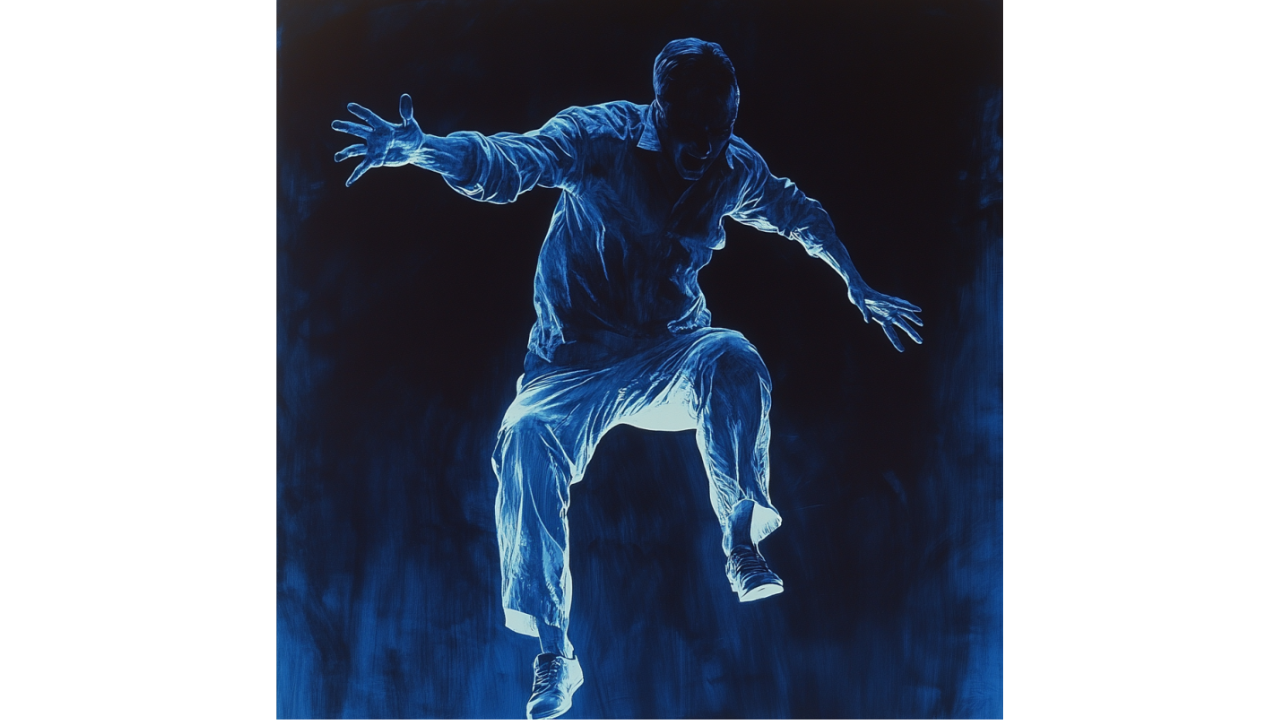5 min read
Pattern Recognition as a Marketing Tool
While marketing often focuses on what autistic consumers need accommodated, we rarely ask what they offer. This oversight costs us profound...
4 min read
 Neurodivergence Writing Team
:
Apr 10, 2025 12:18:51 PM
Neurodivergence Writing Team
:
Apr 10, 2025 12:18:51 PM
.png)
We've witnessed the relentless march toward digital-everything in marketing—each pixel optimized, each interaction tracked, each algorithm refined to capture fleeting attention. Yet this digital dominance has inadvertently marginalized audiences who process information differently. For many autistic individuals, the sensory overwhelm of flashing banners, auto-playing videos, and endlessly scrolling feeds creates not engagement but active aversion. The irony emerges: our most advanced marketing channels can be our least accessible.
In this context, physical mail—that supposedly outdated medium—reveals itself as unexpectedly inclusive. The tactile experience offers a controlled, self-paced interaction without the sensory bombardment of digital channels. For autistic audiences, this difference isn't merely preferential—it's fundamental to how information registers and resonates.
Autism manifests along a spectrum of sensory experiences that marketing rarely acknowledges. While accessibility discussions often center on visual and auditory accommodations, the tactile dimension remains largely unexplored. Yet for many autistic individuals, touch represents a primary information channel—one where texture, weight, and material composition communicate as powerfully as words or images.
This sensory reality creates unique considerations for marketing materials. What neurotypical audiences experience as minor textural variations might register as profound differences for autistic individuals. Similarly, aspects neurotypical marketers might consider insignificant—paper weight, coating finish, edge smoothness—can determine whether materials feel inviting or aversive to autistic recipients.
The strategic implication requires reconceptualizing marketing from a multisensory perspective, acknowledging that information arrives through multiple channels simultaneously, with varying impact across neurological profiles.
The tactile marketing renaissance begins with material selection—a decision typically delegated to production departments rather than strategists.
For autistic audiences, effective tactile marketing follows three core principles:
This approach requires marketing teams to develop deeper material literacy—understanding not just visual design but the sensory implications of substrate, coating, embossing, and binding decisions.
Perhaps the most significant advantage of physical mail for autistic audiences lies in temporal control—the recipient's ability to engage with information at their preferred pace. Digital channels typically impose external timing through animations, timers, and notification systems, creating processing pressure that can impede comprehension.
Physical materials allow natural processing rhythms, respecting neurodivergent needs for additional processing time or repetitive interaction. This self-directed engagement creates space for the deeper consideration many autistic individuals bring to communication—often analyzing information more thoroughly than neurotypical audiences.
The strategic balance involves creating materials substantive enough to reward this deeper engagement while maintaining clear organization that supports processing. This requires designers to prioritize informational clarity over artificial urgency or unnecessary complexity.
Many autistic individuals thrive with predictable, patterned experiences that build familiarity rather than constantly seeking novelty. Physical mail campaigns can leverage this preference through consistent structural elements that create recognizable frameworks while allowing content variation.
For tactile marketing, this means developing consistent physical formats—envelope sizes, card dimensions, folding patterns—that become recognizable through repetition. The familiarity of these formats creates a framework of safety that actually enhances receptivity to new information presented within that stable structure.
Lush Cosmetics has pioneered neurodivergent-inclusive marketing through their tactile catalog program. Recognizing that their products themselves are highly sensory (fragrances, textures, colors), they created a mail program that extends this sensory experience into marketing materials.
Their seasonal catalogs feature textured covers that echo product characteristics, uncoated interior pages that avoid glossy visual overwhelm, and consistent navigational elements that support different reading patterns. The materials use heavier stock that provides satisfying weight and maintains its structure during repeated handling.
Most notably, Lush incorporates actual product samples through microencapsulation technology—allowing recipients to experience fragrances directly but through a controlled release mechanism that prevents sensory overwhelm. This creates a bridge between marketing and product experience that respects sensory sensitivities.
Successful tactile marketing for autistic audiences requires systematic consideration of sensory experiences alongside traditional marketing objectives. Here's a practical framework for implementation:
Organizations vary dramatically in their approach to tactile marketing for neurodivergent audiences. Use this maturity model to assess your current state and identify development priorities:
Organizations at this stage make material decisions primarily based on cost and production efficiency, with minimal consideration of sensory impacts. They typically use standard formats and finishes without considering neurodivergent preferences or aversions.
These organizations have begun considering sensory aspects in specific campaigns but haven't yet developed systematic approaches to tactile marketing. They may occasionally select autism-friendly materials but lack consistent guidelines or testing protocols.
At this stage, organizations systematically incorporate sensory considerations into material selection and design processes. They've developed specific guidelines for autism-friendly materials and regularly include neurodivergent individuals in testing protocols.
The most advanced organizations have fully integrated tactile strategy into their marketing approach. They design multisensory experiences from concept through execution, have implemented testing across neurological profiles, and create seamless transitions between physical and digital experiences that respect sensory preferences.
The return to tactile marketing for autistic audiences represents more than accommodation—it offers unique engagement opportunities impossible in purely digital channels. Physical materials create lasting presence in homes and workspaces, enable shared experiences among household members, and provide tangible reminders of brand relationships.
More importantly, well-designed tactile marketing creates engagement depth often missing in fleeting digital interactions. When recipients can engage at their preferred pace, through preferred sensory channels, they often develop stronger brand connections and higher information retention.
The organizations successfully navigating this opportunity recognize that tactile marketing for autistic audiences elevates the overall quality of their marketing communication. By designing for those with heightened sensory awareness, they create more intentional, thoughtful materials that stand out in an increasingly frantic marketing landscape.
Ready to develop your tactile marketing strategy? Our Sensory Marketing Audit examines your current materials through a neurodivergent lens and provides a customized framework for creating more inclusive and effective physical campaigns. Contact our team to discuss how we can help your organization connect more effectively through tactile experiences.

5 min read
While marketing often focuses on what autistic consumers need accommodated, we rarely ask what they offer. This oversight costs us profound...

Picture this: Your development team has just shipped the most elegant interface redesign in your company's history. User testing showed improved task...

4 min read
Marketing wisdom preaches disruption, unexpected delight, and the element of surprise. We celebrate campaigns that catch audiences off guard, that...